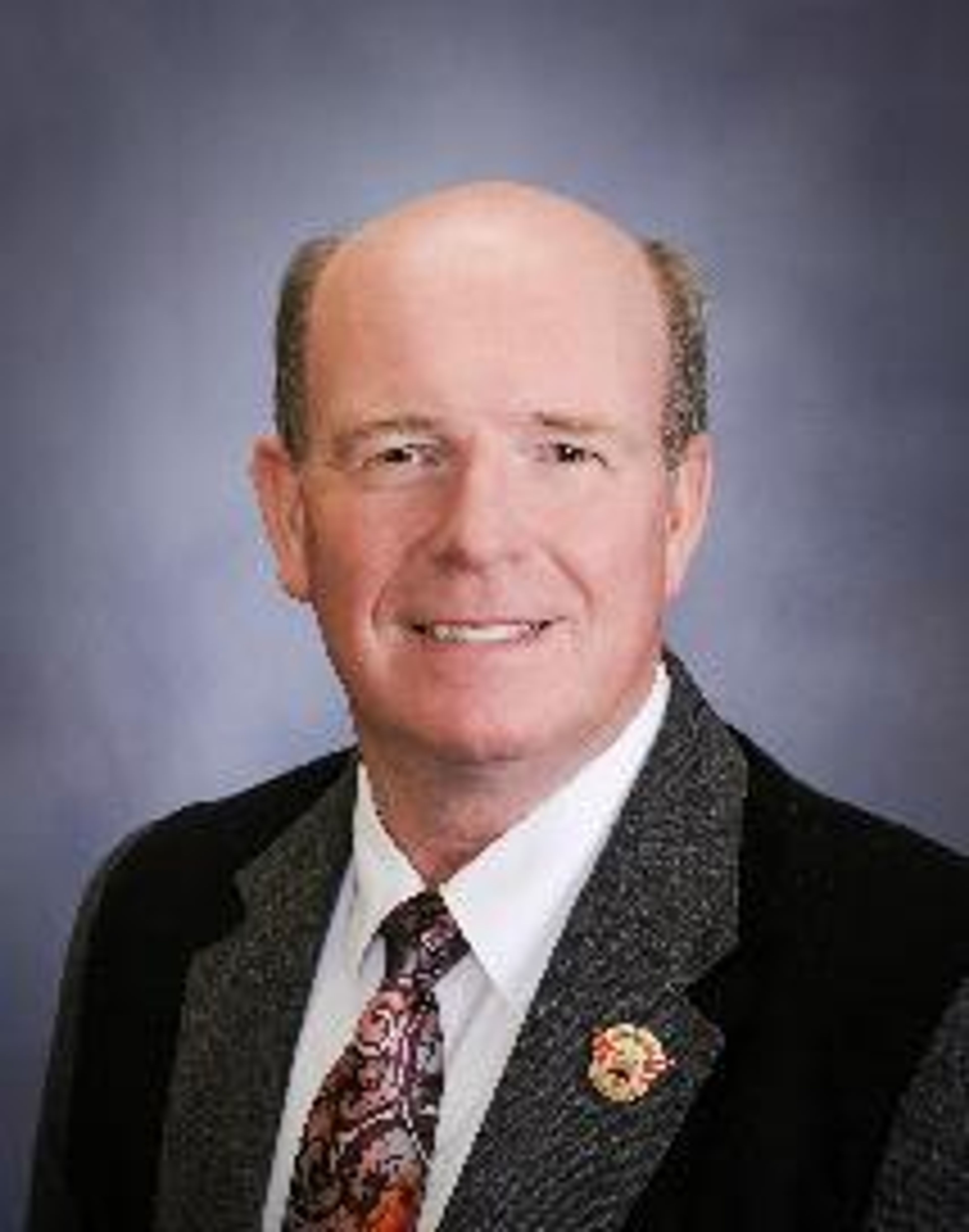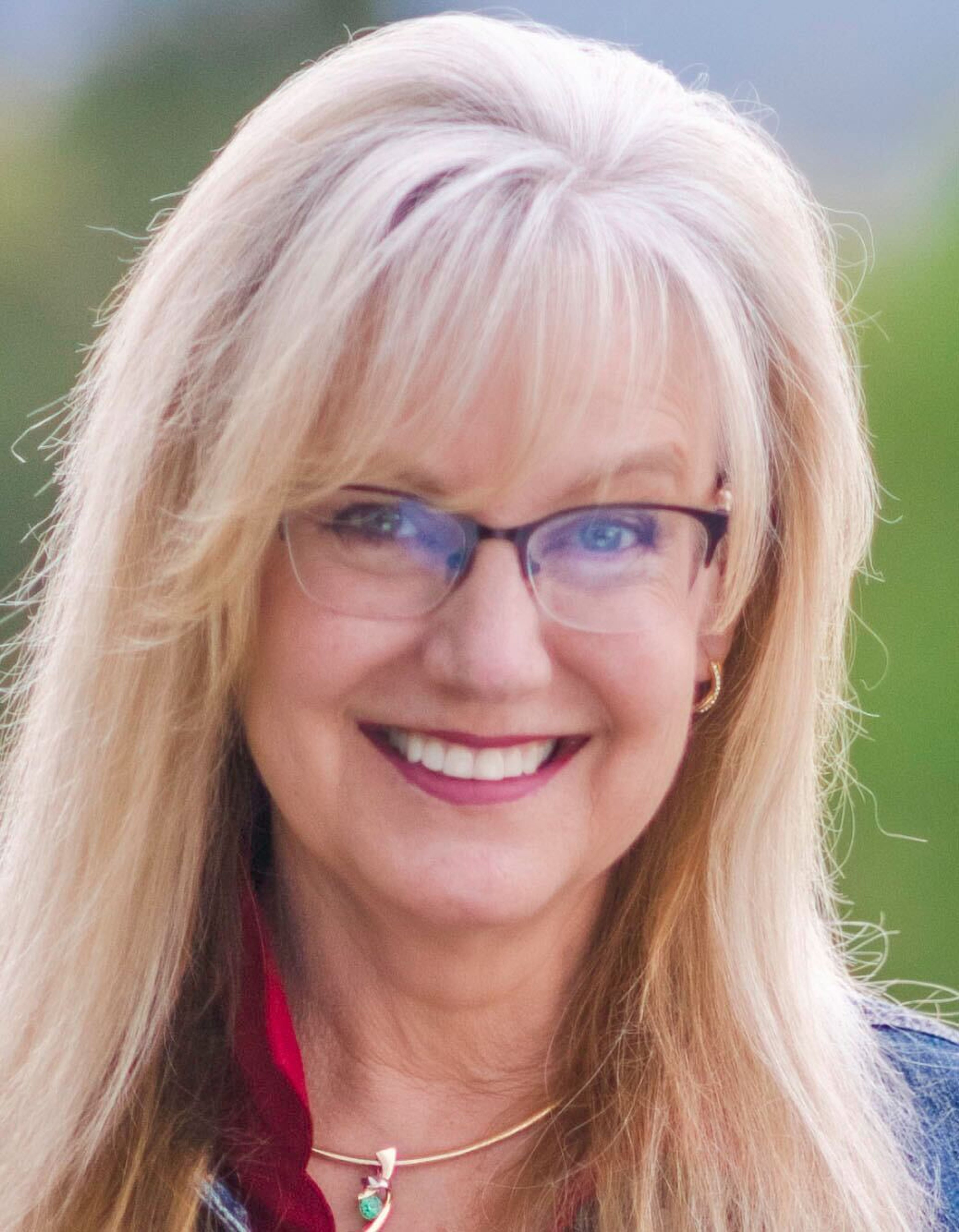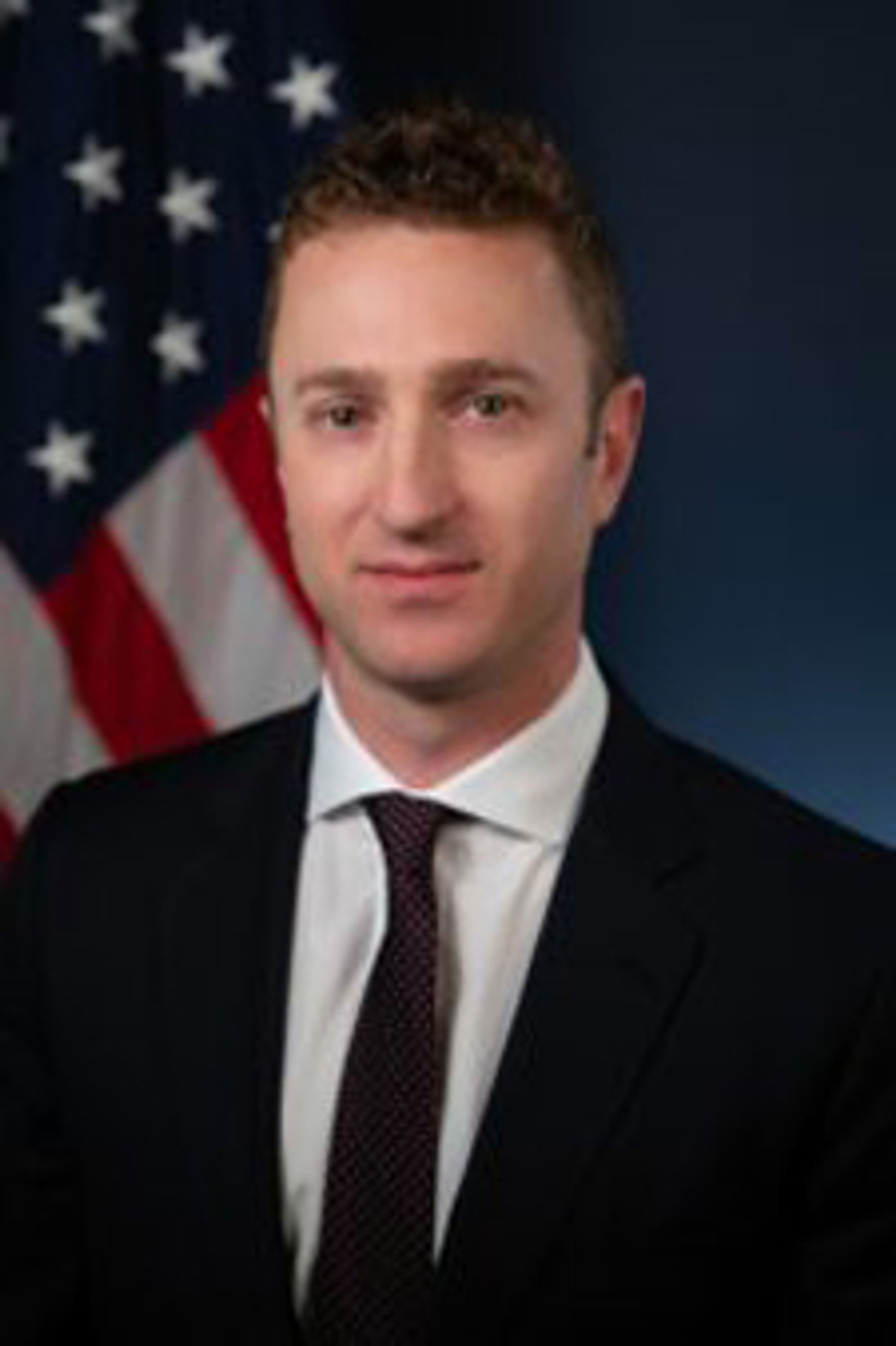Firm hired to study, manage Palouse Basin water supply
Alta Science and Engineering of Moscow will lead the $150,000 project
Efforts to secure an alternative water supply for the Palouse Basin should pick up steam in the coming months, after a local firm was hired to manage the process.
The bistate Palouse Basin Aquifer Committee, comprised of representatives from the main water users in the basin, recently selected Alta Science and Engineering of Moscow to lead the 18-month, $150,000 study.
The goal is to identify one or two specific projects for augmenting existing water supplies within the region, to ensure it has adequate drinking water in the future.
Water availability in the basin has been a concern for decades. The deep Grand Ronde aquifer and shallower Wanapum aquifer serve as the primary source of drinking water for much of the area, which includes Moscow, Pullman, Colfax and Palouse.
About 2.35 billion gallons of water were pumped out of the aquifers in 2019. While that’s a 14 percent reduction compared to 1992, when a basin-wide groundwater management plan was implemented, water levels in the aquifer continue to decline by nearly a foot per year.
“We’ve made a lot of good strides and slowed the rate of decline, but we haven’t stabilized the aquifer yet,” said Paul Kimmell, chairman of the aquifer committee.
Over the next year and a half, Alta Science and Engineering will evaluate various water supply alternatives, conduct public outreach and develop a funding strategy to pay for the projects. Ultimately, a report detailing the top one or two opportunities will be delivered to the Idaho Water Resources Board and other potential funding agencies.
“We have plenty of water in the basin, if we can capture it at the right time,” Kimmell said.
Much of Alta’s work will build on a 2017 report that identified four main options for augmenting regional water supplies. They included diverting water from the Snake River and/or North Fork of the Palouse River, building a storage reservoir at Moscow Mountain, “recharging” the underground aquifers by injecting surface water back into them, or some combination of all three.
The ballpark cost of the projects ranged from about $57 million to $81 million. Alta will refine those estimates, as well as investigate water rights issues, outline the regulations governing recharge wells and develop a potential phasing plan.
Proper phasing is a major issue, noted Korey Woodley, executive director of the aquifer committee. Several of the water supply alternatives could work well together, and whatever gets done first will provide an opportunity to reassess as the work proceeds.
For example, Kimmell said some type of aquifer recharge system could be developed “relatively quickly.” Depending on how that worked, it could increase or decrease the size of any storage reservoir that might be needed.
“The interim stems may guide us to the final outcome,” Woodley said.
In addition to the work Alta will be doing, the aquifer committee has contracted with Washington State University to develop an updated computer model of the aquifer system. The hope, Kimmell said, is that it will refine the estimates for how much groundwater is available and how surface water flows currently recharge the aquifers.
The committee is also ready to send out invitations to a stakeholder engagement group, which will include representatives from the business community, agriculture, timber and other water users.
Alta will hold several public outreach meetings as well. The intent, Kimmell said, is to ensure that there’s ongoing public involvement before any final plans are developed.
Robin Nimmer, a hydrogeologist and project manager for Alta Science and Engineering, will provide an overview of the project at the annual Palouse Basin Water Summit, scheduled for Oct. 22.
William L. Spence may be contacted at bspence@lmtribune.com or (208)-791-9168.





